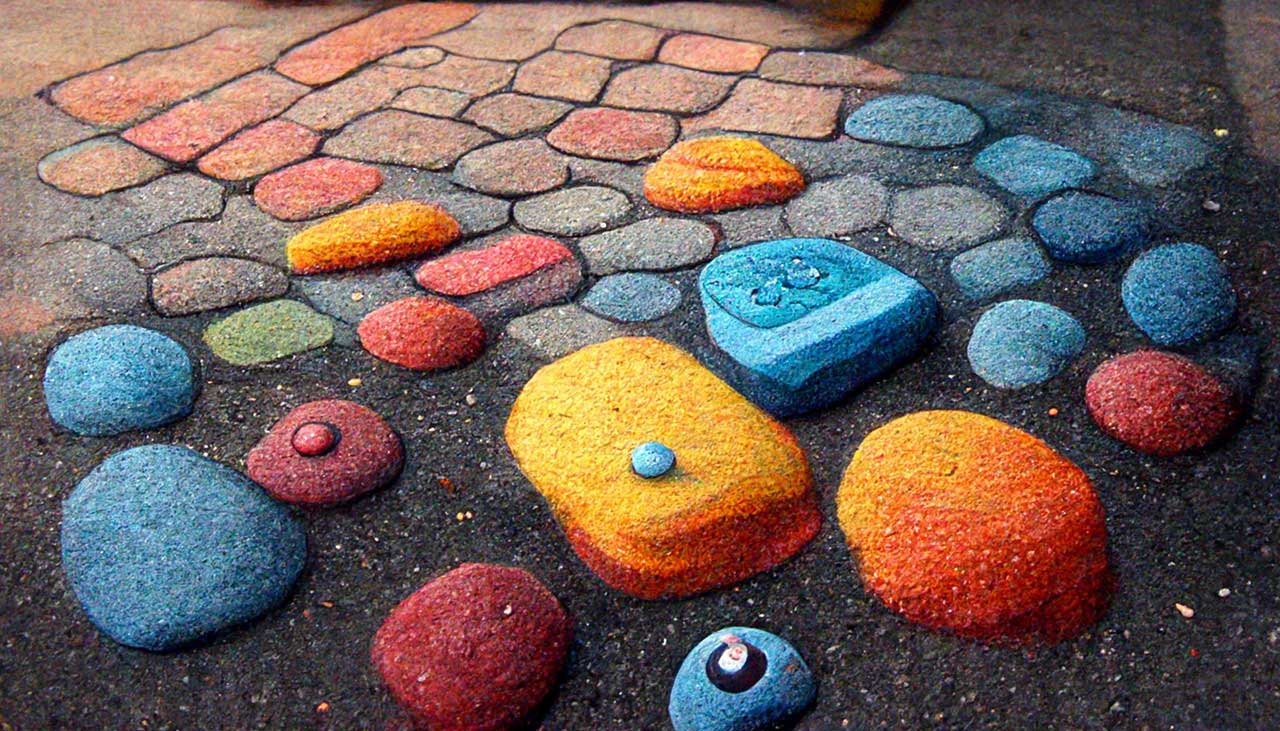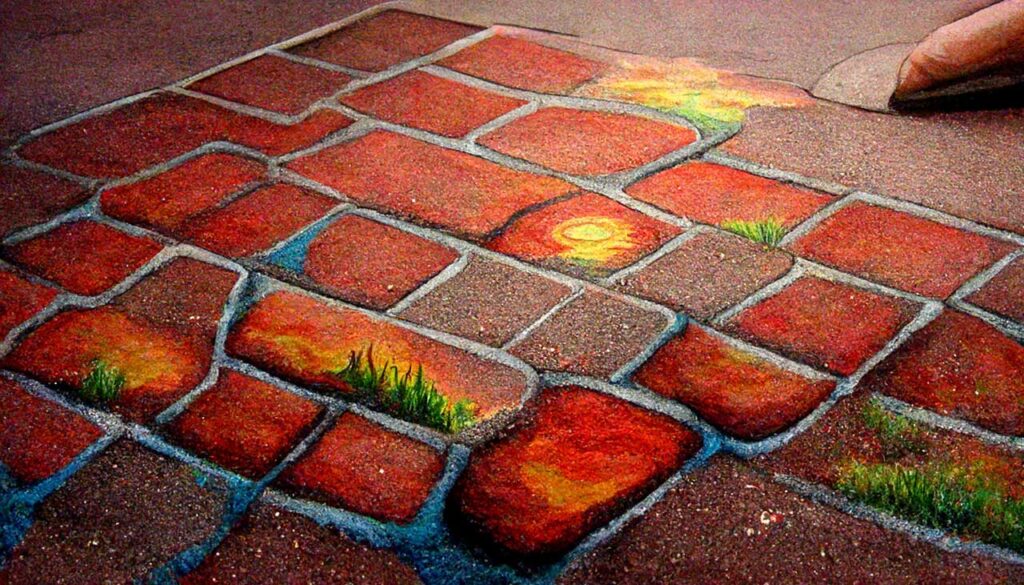Understanding 3D Projection

Our eyes are built to perceive in three dimensions and 3D Projection is our tendency to see two-dimensional images as 3D objects when certain visual cues are present. The classic example is the “cube” drawing, where a square in transformed to appear as a 3D object just by adding another square and connecting lines. You can also see this effect in sidewalk paintings and other optical illusions meant to “trick” you into seeing 3D when it isn’t there.
The main difference between this technique and the typical 3D movies is that we don’t have a pair of eyes looking at this image, so our brain is not able to “see” with two different sets of eyes at the same time and then combine them into a 3D object. Instead, our mind interprets the “projected” image and it is only possible to perceive a 3D object by creating an “out-of-the-box” imagination, as if the picture were made from something that doesn’t really exist.
A lot of artists are fascinated by the idea of manipulating the brain to create an “out-of-the-box” perception, and some of them even tried to prove that this kind of projection was a real thing and not a trick of the eyes. In the case of this image, the artist probably didn’t think about the scientific side of the concept, but simply imagined how the picture would look like from the “outside”. The result is a really interesting interpretation of what it means to perceive an object as 3D even if it’s just an illusion.

We are used to seeing flat images and interpreting them as 2D, and this kind of illusion is very hard to spot. The same artist who created the original image (which is called “Drawing with Cubes” by Ben Longmuir) has made several other “Drawing with Cubes” pictures.

Recent Comments